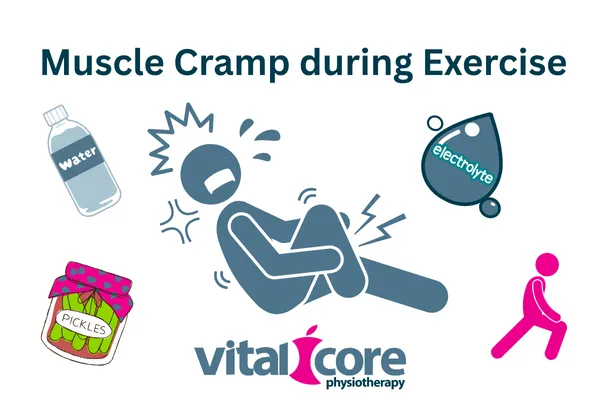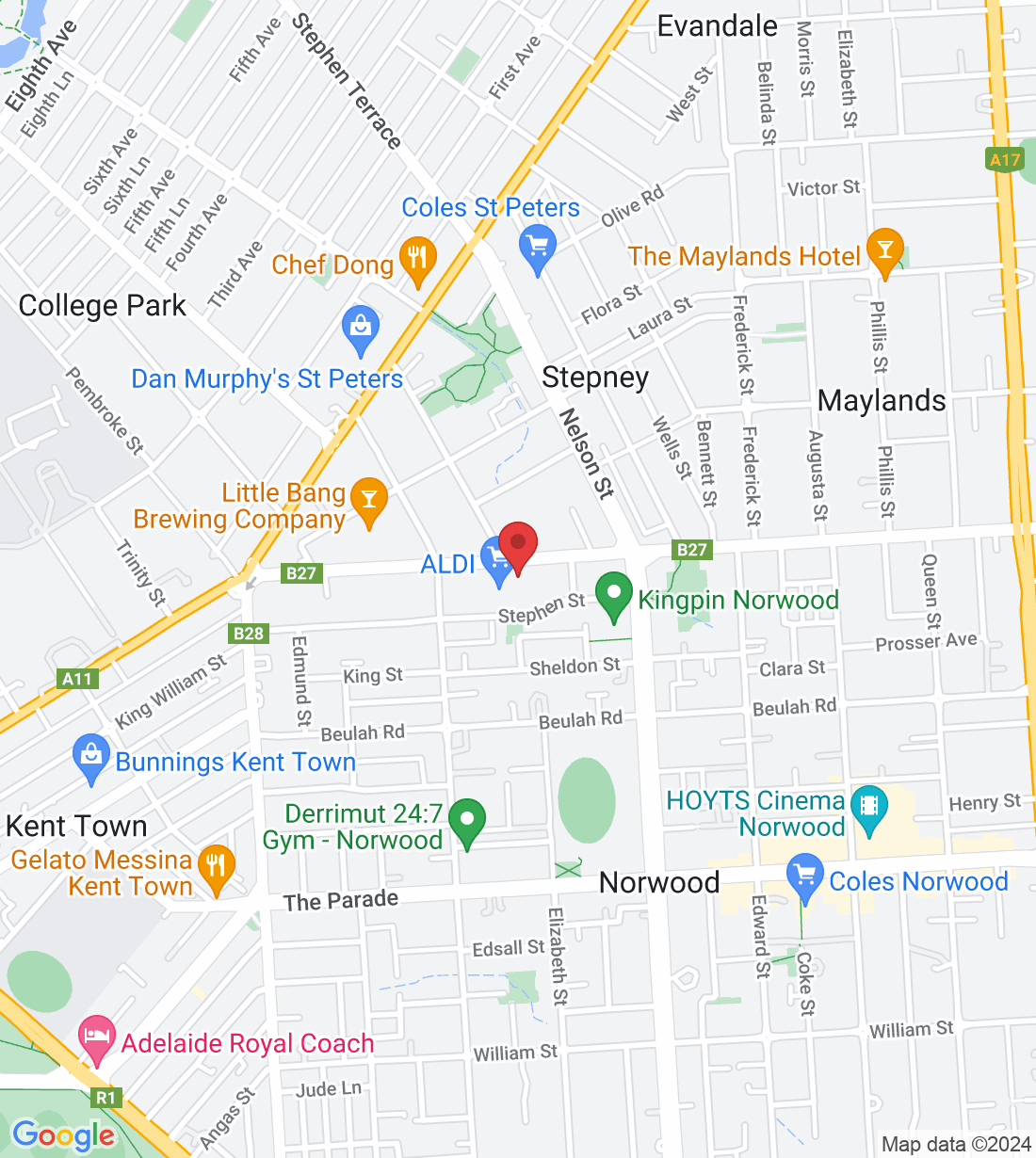
Understanding and Preventing Exercise-Related Muscle Cramps
Why Do Muscles Cramp During Exercise?
If you’ve ever had a muscle cramp during or after exercise, you know how painful and frustrating it can be. These cramps are really common, especially in sports like footy, and they often seem to come out of nowhere.
So what actually causes them? And what can you do to stop them—or better yet, prevent them?
Let’s break it down in simple terms.
What Causes Muscle Cramps?
For a long time, people believed cramps were caused by dehydration or losing too much salt through sweat. That’s still partly true, but it doesn’t explain everything. Even when athletes drink plenty of water and replace their salt, some still get cramps while others don’t.
More recent research shows that muscle fatigue plays a big role. When your muscles get tired, the nerves that control them can become overactive. This can make the muscle contract when it’s not supposed to—causing a cramp.
This is more likely to happen if:
You’re not used to the level of exercise you’re doing
You’re working really hard or at high intensity
The muscle is in a shortened position (like when it crosses two joints)
Why Pre-Season Fitness Matters
One of the best ways to reduce your risk of cramping is to make sure your body is ready for the demands of your sport. That means building up your strength and fitness before the season starts.
When your muscles are stronger and better conditioned, they don’t fatigue as quickly. And since fatigue is one of the main triggers for cramps, this can make a big difference.
A good pre-season program should include:
Strength training
Aerobic fitness (like running or cycling)
Sport-specific drills to prepare your body for game movements
The more prepared your muscles are, the better they’ll cope with the demands of training and competition—especially in the early weeks of the season when cramps are most common.
How to Stop a Cramp
If a cramp hits, here are a few things that can help:
1. Stretch the muscle
A strong stretch—especially one that uses your body weight—can help stop the cramp. This works by triggering a part of the muscle that tells it to relax. Try to hold the stretch for a few minutes if you can.
2. Try pickle juice or spicy foods
This might sound odd, but it works for many people. Foods like pickle juice, mustard, vinegar, or chilli can activate special nerves in your mouth and throat. These nerves send signals to your brain and spinal cord that help calm the cramp.
You can either swish the liquid in your mouth for at least 20 seconds or swallow it, depending on what you can tolerate. It usually works within two minutes.
If you tend to cramp often, taking a small amount about 15 minutes before exercise might help prevent it.
3. Salt tablets
Some people lose a lot of salt when they sweat. If that’s you, taking a salt tablet might help. There’s not a lot of research behind it, but it’s safe to try and might make a difference.
4. Stay hydrated
Drinking water or sports drinks can help delay cramps. Sports drinks are especially helpful because they give your muscles energy and help keep your salt levels balanced. Just be careful not to overdo it with plain water, as that can sometimes dilute your salt levels too much.
5. What about bananas?
Bananas are great for long-term energy, but they don’t work quickly to stop a cramp. They help with muscle fuel over time, but they won’t fix a cramp in the moment.
For Young Athletes
Cramps are especially common in young players who are still building their fitness or playing at high intensity. The tips above—especially stretching, staying hydrated, and using something like pickle juice—can really help. But the best prevention is starting the season strong and well-prepared.
Final Thoughts
Muscle cramps are annoying, but they’re manageable. If you or your child is getting cramps often, we can help figure out why and come up with a plan to reduce them.
If you’d like support with this, feel free to book an appointment with us at Vital Core. We’re here to help you stay strong, safe, and cramp-free.
Ask a question of Vital Core Physiotherapy
Fill in the form to request a Call From Our Team
One of our team will call you for FREE and answer any questions or concerns you may have about your condition
© 2023 Vital Core Physiotherapy





